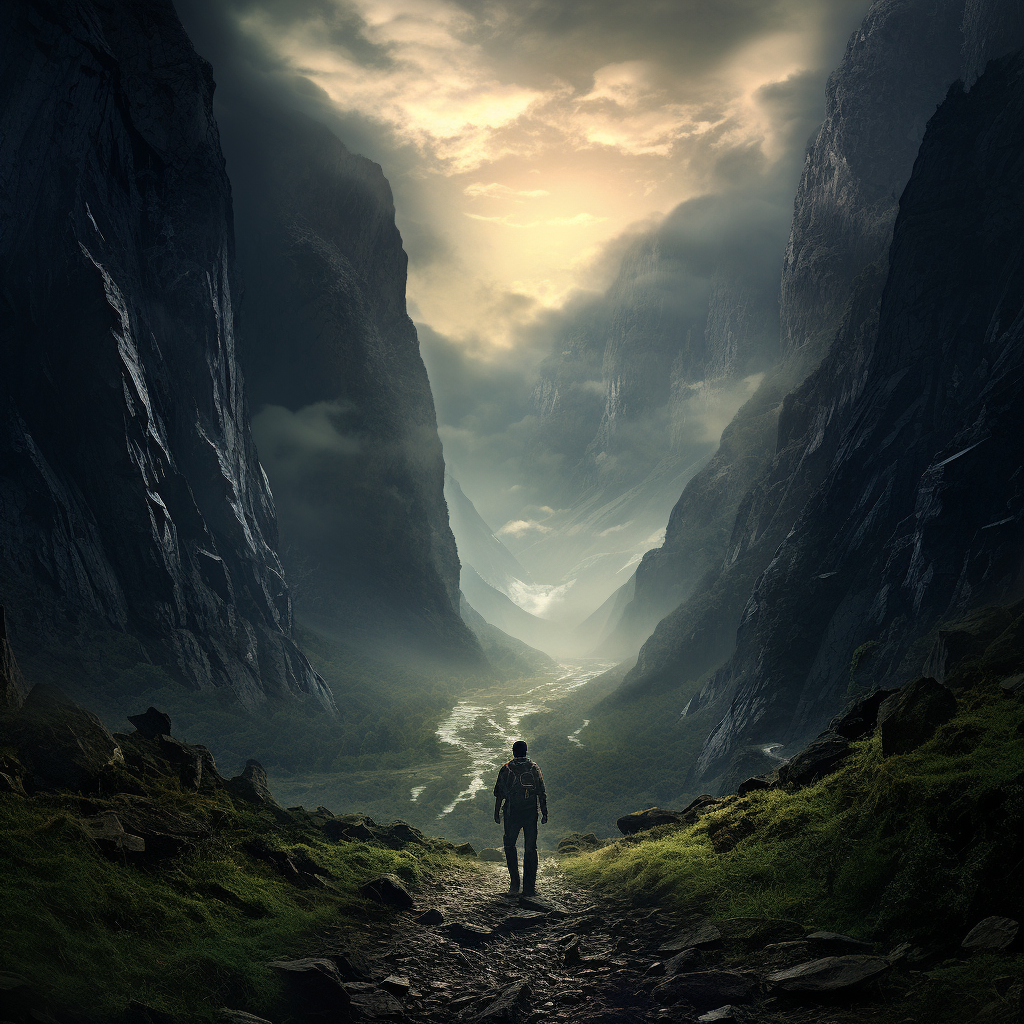Stay Out of the Uncanny Valley §

Highlights §
- It turns out that humans are great at looking carefully at other humans. So robots that look very nearly but not quite natural tend to be deeply disturbing. Whether or not you’ve had that experience, you may find that easy to imagine. (View Highlight)
- It’s not just visuals either. If you ever wondered why the automated voices at train stations and airports are so obviously computer generated, now you know. Better to stay out of that creepy valley. The recent wave of AI generated art is producing a whole new lesson in the uncanny valley too. AI generated faces and bodies that are almost but not quite right are producing waves of nausea the world over. (View Highlight)
- I can’t count how many times I talked about the uncanny valley in a design review. In design, the uncanny valley teaches us that two things should generally be obviously the same or obviously different. That means when you look at things like spacing, alignment, type, and sizing, elements that work well together have to be distinct enough for it to look intentional. (View Highlight)
- Eyes are drawn to things that are subtly different. What’s going on? Why does this seem off? Is it a mistake? Maybe we’re not quite revulsed, but it can certainly disrupt the user experience. If you’re going to make a mistake, make an obvious one for goodness sake. (View Highlight)
- Good user experiences are self-evident and easy to learn. Things do what we expect them to do. When the same user behavior produces an outcome that’s similar but not the same, it’s disproportionately confusing. Now I have no idea what this thing does. (View Highlight)
- As a leader, staying out of the uncanny valley is also a useful mantra any time you’re making a decision. I’ve been in so many meetings where I listened to a debate about two options that were almost the same. Of course, small differences can matter. More often, though, people try to make small distinctions seem large to score points. The conversation gets stuck in a dank, dark valley when there’s an entire landscape worth discussing, if everyone would get their heads out of their asses. (View Highlight)
- Anytime you’re in a decision-space entirely full of things that are highly similar, you might be in trouble. It’s a good practice to stop at that moment, and make sure you’ve covered the broader space. Did you navigate to that valley or did you just get stuck there? Are there other options which are obviously distinct? Are you in a local maximum when the global maximum is out there waiting for you, if only you could break out of your narrow view? (View Highlight)
